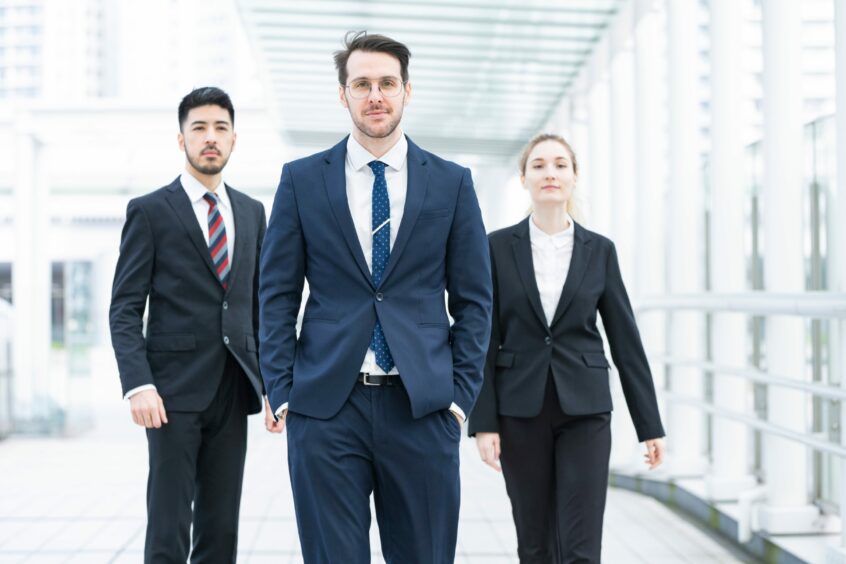
Clothes are more than just what we wear – often they are a way to express ourselves.
They are also often bundled up with our memories of good times and bad.
But when the pandemic hit and working from home became the norm, our daily wardrobe choices also changed.
However, as restrictions ended and people started to return to in-person working, it seems they didn’t just reach once more for their early 2020 work clothes.
As I write this I’m in the office wearing jeans, and no longer own trouser suits or shift dresses – and I’m not alone.
Many workplaces have seen a far more relaxed dress code emerge, while buying trends, emulating altering lifestyles and economic factors – such as the cost-of-living crisis – have also changed.
But are the days of shirts and suits long gone, with the once frowned upon jeans and trainers becoming workwear staples?
I caught up with a lecturer in fashion management at Robert Gordon University and the manager of an Aberdeen department store to find out more.
Dr Madeleine Marcella-Hood, lecturer in fashion management
Madeleine said Covid saw some trends last for longer, and brought issues like sustainability to the fore.
She said: “We saw a slowing down of the constant changing fashion trends that we had come to accept. The streetwear aesthetic has really dominated the 2010s decade, that is something we are still seeing now as being quite impactful on fashion trends.
“That’s definitely had an influence on the more casual side of workwear – the trainers in the workplace. Covid, because it happened in that period, maybe made that stay around for longer – so some trends have lasted for longer if it hadn’t been for Covid.
“Casual has impacted on other parts of other trends as well, party wear or occasion wear and things like that, too.”
Madeleine believes the more dressed-down aesthetic is here for a while.
She said: “I definitely do think that it is here to stay in a sense. Covid is a background factor in everything in working at home, the return to real life office – but also the cost-of-living crisis.”
“Conversations I’ve had with people in law firms and accountancy, and some places where formal dressing would have been what people would have done, are saying people are coming to work with trainers.
“Sometimes even in a tracksuit, or there’s even reference to crop tops – styles that would not have been typically seen in the workplace.”
Among the topics she teaches is fashion history, and Madeleine pointed to history for the answers to today’s simpler way of dressing.
She explained: “When you look at times where there’s been big financial downturns, there’s a lot of evidence in times of crisis fashion tends to become more pared back – more functional, practical, plain – no frills.”
Kathryn Mullaney, store manager at M&S, Aberdeen
At the frontline of fashion is Kathryn Mullaney, the store manager at M&S, Aberdeen. She also spoke of the impact the pandemic has had on what we wear to work.
She said: “The pandemic had a huge impact on the way we dress for the office, accelerating us towards a more hybrid approach to dressing, with formal and casual becoming harder to define.”
Today some of the best items in our wardrobes are those which are versatile and can be used for various occasions – with the ability to be styled different, Kathryn says.
However, she added that formalwear hasn’t disappeared from our lives yet.
She said: “That’s not to say formalwear isn’t still relevant, it just tends to be more important for occasions now.
“Those big celebratory moments are an enjoyable excuse to dress up and look sharp. And it feels more exciting and special than ever, given that we aren’t seeing suits worn to work as often.
“Across all of our clothing range we’ve looked closely at our fits and fabrics to provide the comfort we know customers will continue to look for, no matter the occasion they are dressing for.”
What we wear reveals how we feel
Clothes are more than just a way to present our best selves – what we wear can actually reveal a lot about how we feel.
Researchers say that factors such as the colour, fit and style of our clothes can affect our confidence.
Apparently items such as a novelty T-shirt can make us feel happier. While putting on your work-out clothes first thing can motivate you to exercise.
Experts also say that wearing the same types of clothes over and over again can show a reluctance to try new things.
Colour can also be a way of communicating through your clothes, for example greens and blues are seen as calming colours, while warmer tones such as reds and oranges can help boost your mood.
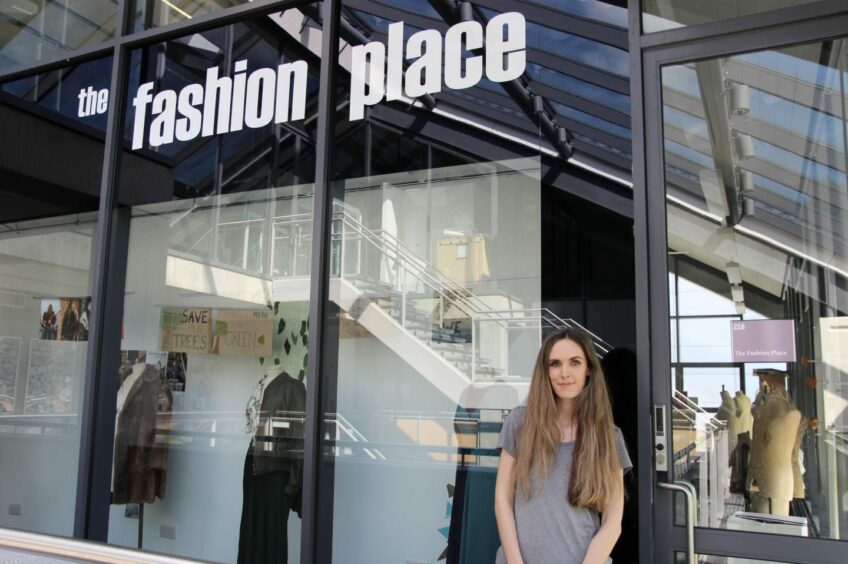
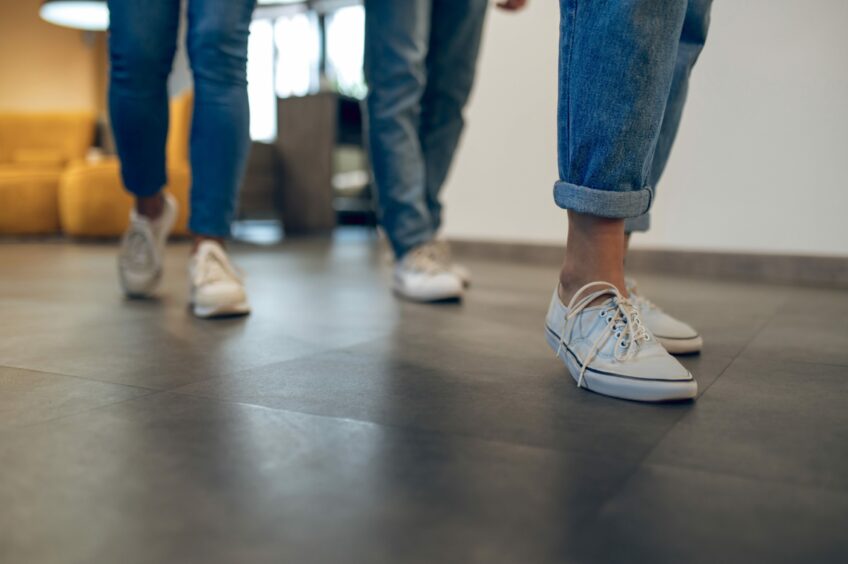

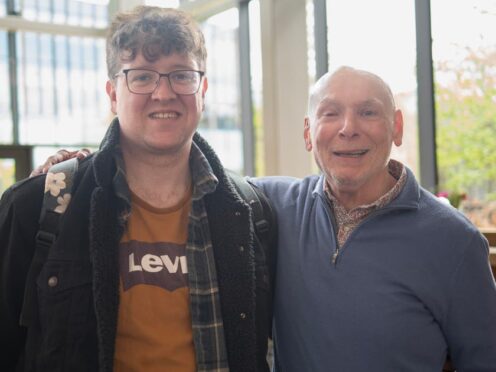
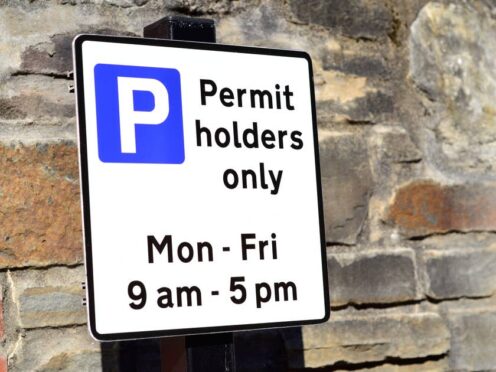

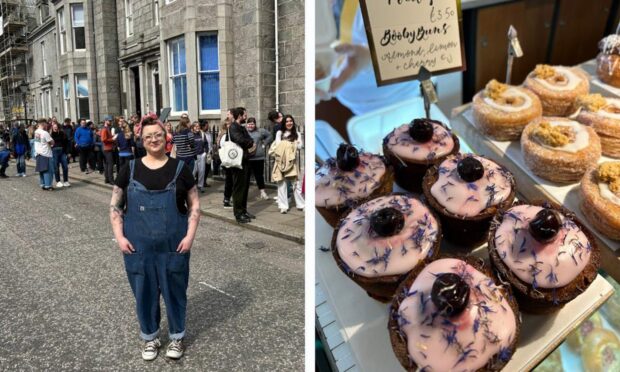


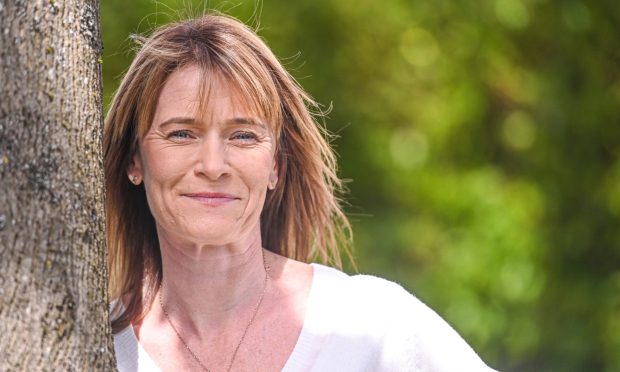
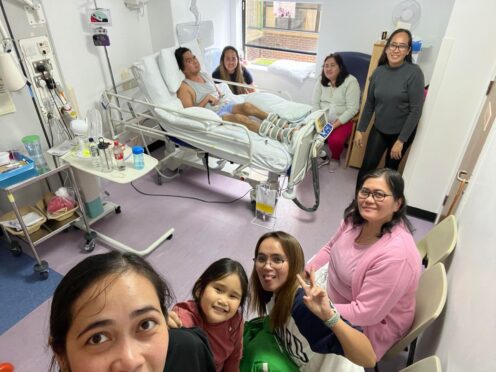
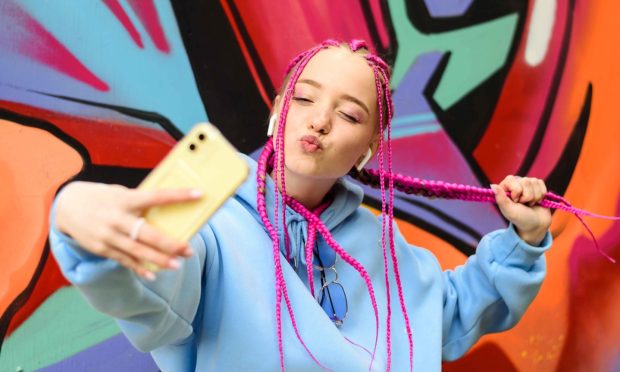
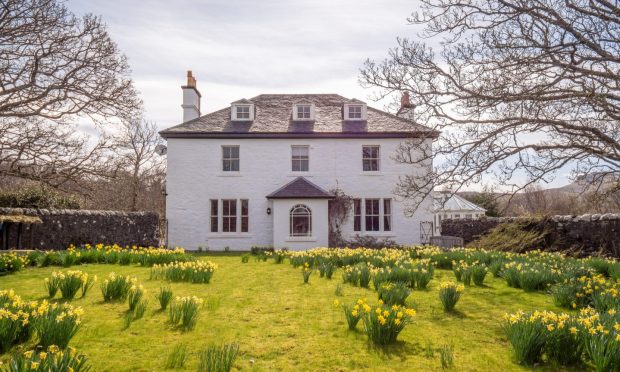
Conversation